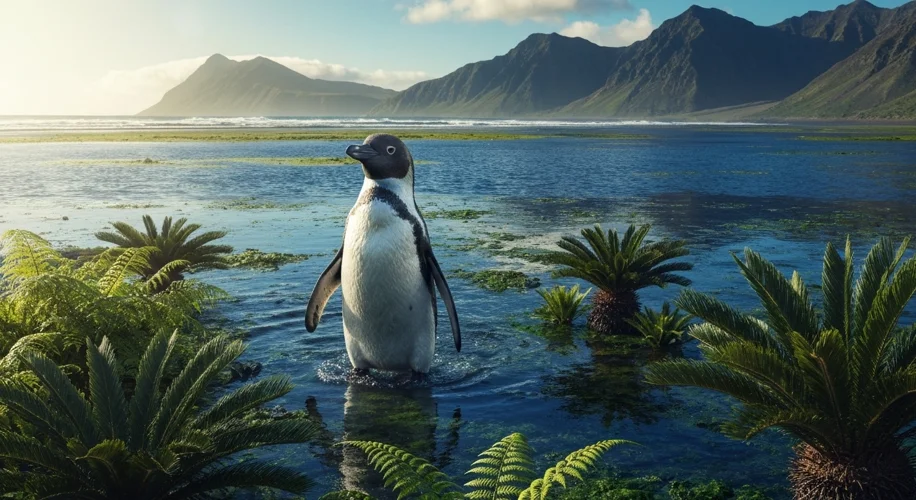Imagine a world not so different from our own, yet utterly alien. A world where the mighty dinosaurs, rulers of the Mesozoic Era, have vanished in a fiery cataclysm. This is the Paleocene epoch, a time of profound change and astonishing evolutionary leaps, a world the Field Museum is helping us to rediscover through its incredible fossil finds.
A World Reborn: The Dawn of the Paleocene
The year is approximately 66 million years ago. The Chicxulub impactor has reshaped the Earth, extinguishing roughly 75% of all species, including the non-avian dinosaurs. But amidst the devastation, life finds a way. The Paleocene, stretching from 66 to 56 million years ago, is the epoch that followed this great dying. It’s a period often overlooked, nestled as it is between the dramatic end of an era and the explosive rise of new life.
This was a time when the planet was still reeling, but also a canvas for evolution to paint with a bold new palette. Mammals, previously small and often nocturnal, seized the opportunity to diversify and grow. Plants, too, began to reclaim the scarred landscapes, laying the groundwork for future ecosystems.
Echoes of the Past, Glimpses of the Future
The Field Museum, a renowned institution for natural history, has been instrumental in bringing this ancient world to life. Their recent digs and research into Paleocene fossils offer us a tantalizing peek into the era’s unique inhabitants. One of the most striking discoveries relates to the ancestors of modern penguins.

Contrary to the familiar tuxedoed swimmers we know today, some Paleocene penguins were titans. Fossil evidence suggests that species like Kairuku, or

